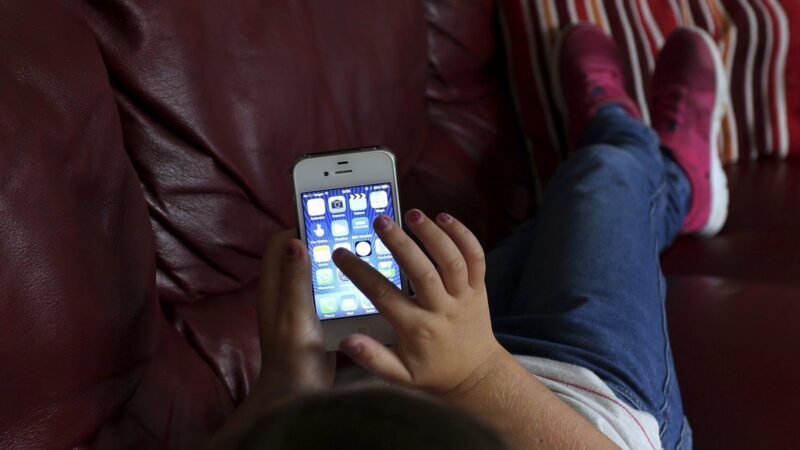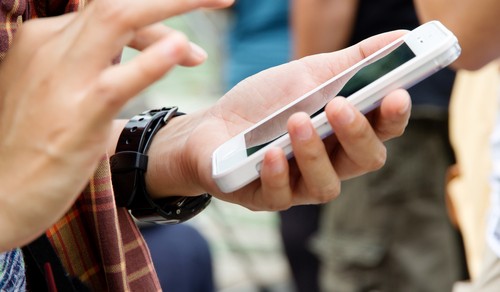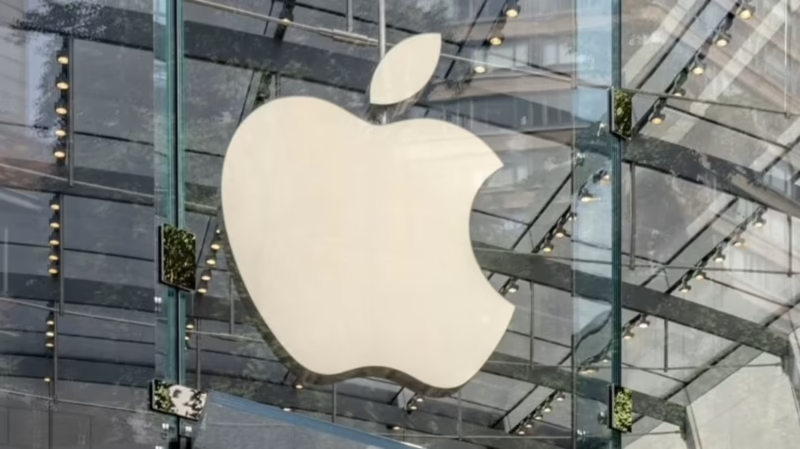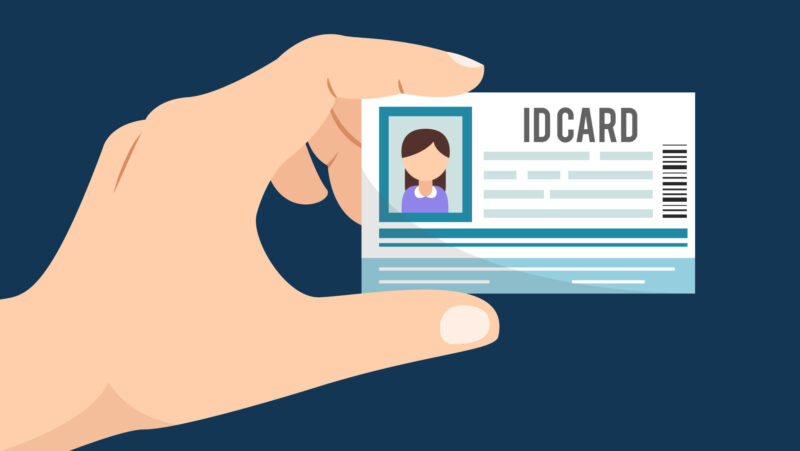Protecting children online is incredibly important. While website-based age verification has been proven ineffective at accomplishing this goal, there are effective, privacy-preserving, and user-friendly options that parents and lawmakers can use to protect young people on the internet.
What You Need to Know
-
Minnesota Model Bill: Device Based Age Settings
Minnesota’s Attorney General has published model legislation that would give families the ability to opt-in to age- based protections robustly as part of a report learn more ▸
-
Device-Level Age Verification Is Our Best Shot at Protecting Kids Online
Instead of a piecemeal approach that targets individual platforms or specific content providers, we should instead implement age verification at the device level, making smartphones themselves the guardians of age-appropriate access. learn more ▸
-
Protecting Children Online Does Not Require ID Checks for Everyone
Policymakers are right to take steps to safeguard children online, but mandatory age verification is not the best solution learn more ▸
Better Solutions Than Website-Based Age Verification
-

Minnesota Model Bill: Device Based Age Settings
-

Device-Level Age Verification Is Our Best Shot at Protecting Kids Online
-

Protecting Kids and Adults Online: Device-Level Age Authentication
-

The Kids Online Safety Act was a good start, but app stores need accountability too
-

A Way to Protect Kids Online That Passes Constitutional Muster
-

Pinterest CEO Calls on Congress to Hold App Stores Accountable
-

Apple Helped Nix Part of a Child Safety Bill. More Fights Are Expected.
-

Poll: South Dakota Parents Overwhelmingly Support Requiring App Store Parental Consent
-

A Model Bill for Protecting Children Online: The Digital Age Assurance Act (DAAA)
-

How Apple, Google, and Microsoft Can Help Parents Protect Children
-

Protecting Children Online Does Not Require ID Checks for Everyone
-

Lawmakers must learn from our own mistakes
